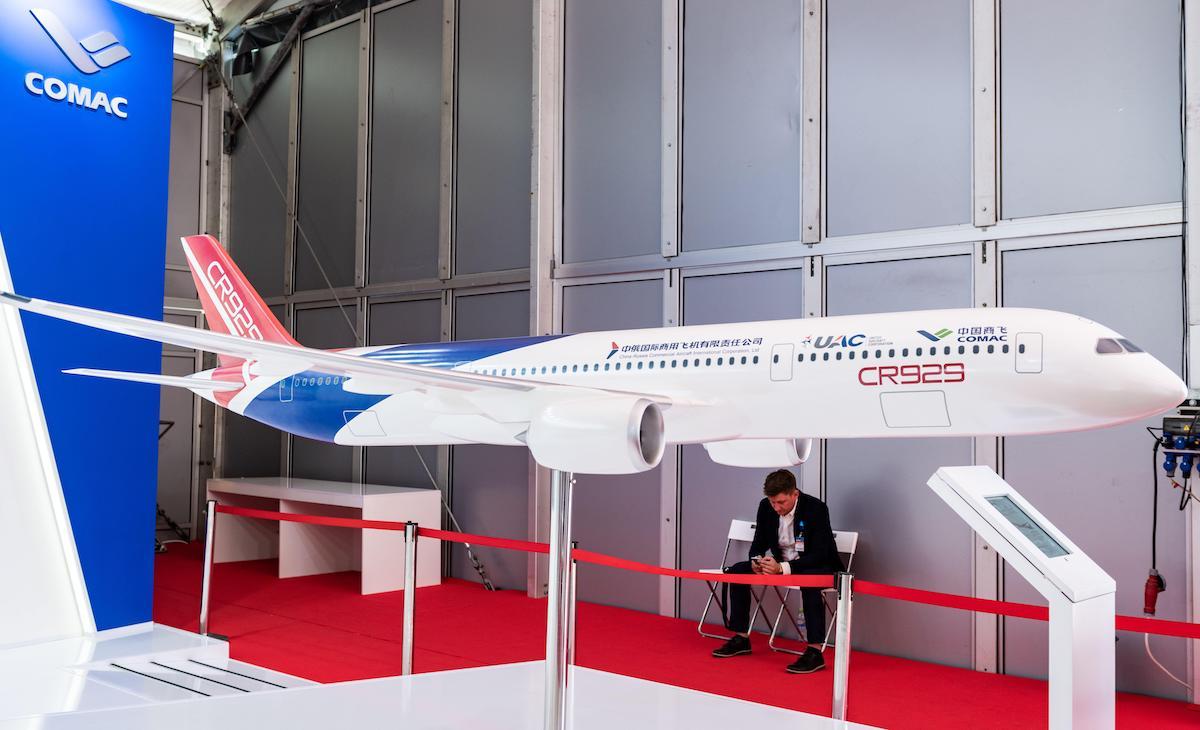First Flight Of CR929 Slips To 2030, Seven Years Behind Schedule

Credit: Fifg / Alamy Stock Photo
Development of the Sino-Russian CRAIC CR929 widebody aircraft has fallen even further behind schedule, Russian Industry Minister Denis Manturov has confirmed. “We are doing everything now to start the [aircraft] trials by 2030,” he tells Moscow-based daily Moskovsky Komsomolets in an interview. That...
Subscription Required
This content requires a subscription to one of the Aviation Week Intelligence Network (AWIN) bundles.
Schedule a demo today to find out how you can access this content and similar content related to your area of the global aviation industry.
Already an AWIN subscriber? Login
Did you know? Aviation Week has won top honors multiple times in the Jesse H. Neal National Business Journalism Awards, the business-to-business media equivalent of the Pulitzer Prizes.


